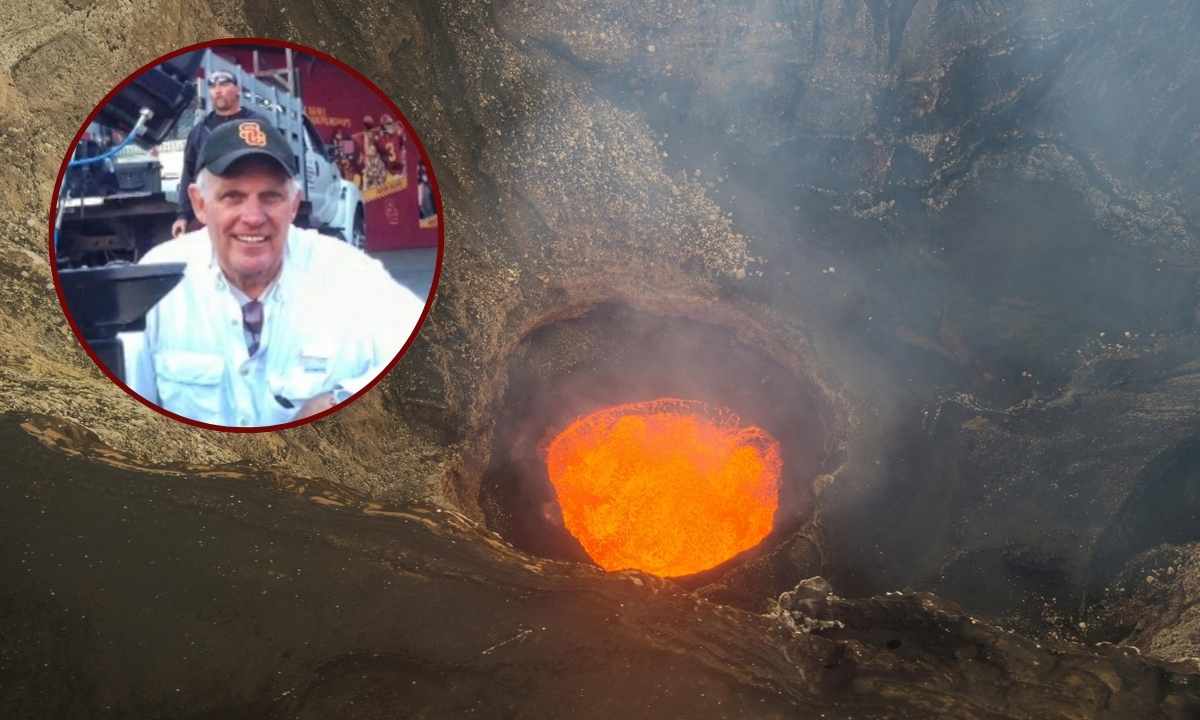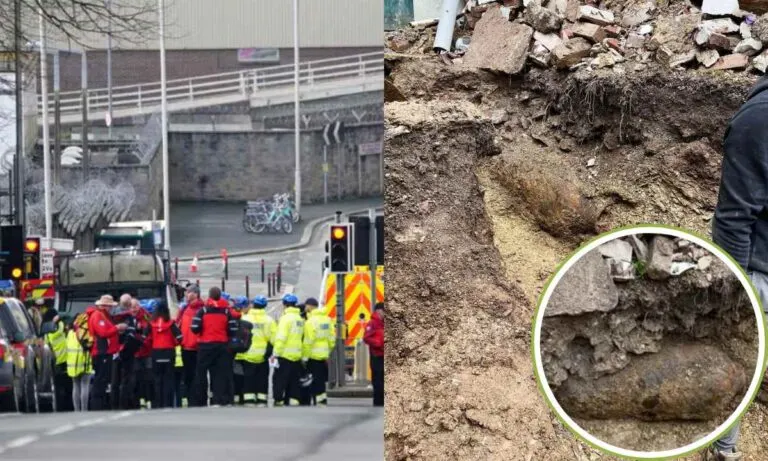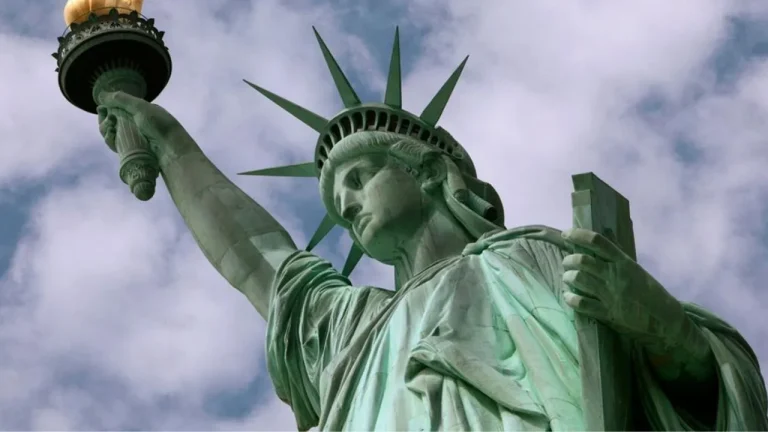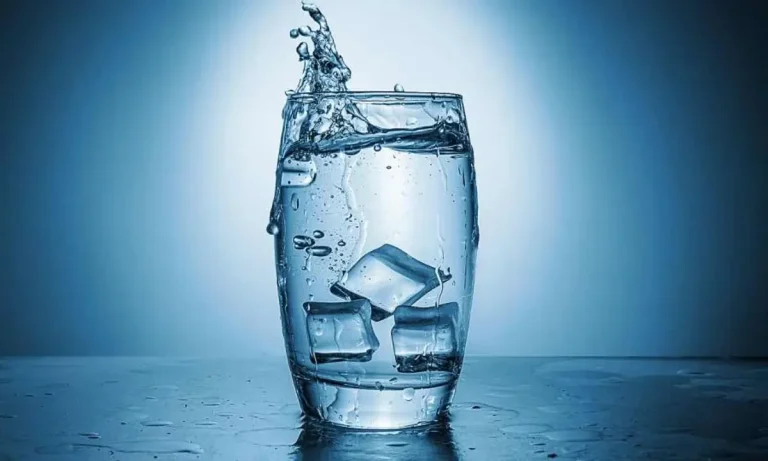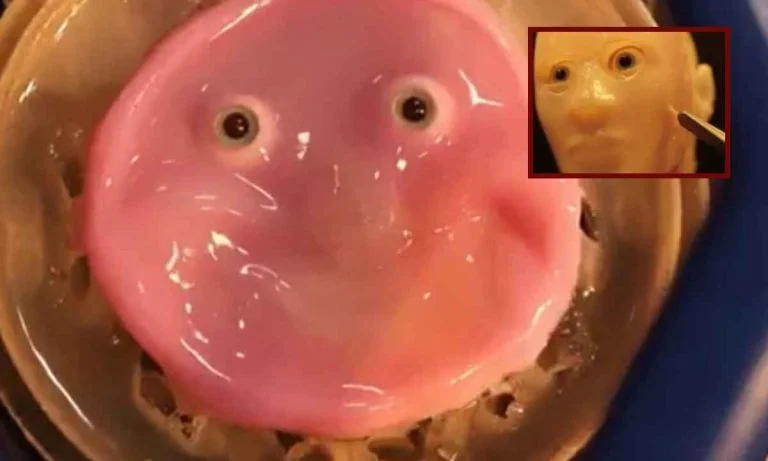A Cameraman Spent 2 Days Inside A Volcano After Falling 150 Feet Below Crater’s Rim!
Imagine being trapped inside a volcano for two days, breathing in toxic gases, and barely surviving. This was the reality for Michael A. Benson, a movie cameraman known for his work on “Terminator 2” and “Ghost.” In 1992, while filming for the movie “Sliver,” Benson and his two other colleagues experienced a dramatic helicopter crash into the Pu’u ‘O’o crater of the Kilauea Volcano in Hawaii. Benson, who had seen many on-screen disasters, suddenly found himself in a real-life survival scenario.
The 3 of them with the helicopter crashed into the volcano and fell over 150 feet deep from the volcanic crater’s rim. The boiling lava was just a few feet away from them. While the other 2 got out early, Benson was trapped for two days. Benson was also exposed to serious levels of sulfur dioxide and hydrogen sulfide gas. Let’s dive into the details of this story.
The Dangerous Descent
The 3 individuals, the cameraman, the technician, and the pilot went on to the Hawaiian crater to shoot a volcanic eruption scene for a movie. They had been flying to film a scene for “Sliver,” starring Sharon Stone on November 21, 1992. The trouble began when the helicopter lost power and crashed into the crater. The helicopter landed about 150 feet below the rim, narrowly missing a bubbling pool of lava. The pilot, Craig Hosking, quickly called for help after managing to get the radio working again.
The crater’s interior was a hostile environment, to say the least. The toxic gases, including hydrogen sulfide and sulfur dioxide, posed a significant threat. The team had to navigate the unstable ground, which crumbled easily, creating rock slides with every move. Not to forget the hot lava below.

Survival Against the Odds
Benson, Duddy, and Hosking faced a perilous climb out of the crater. Hosking was the first to be rescued. But Benson and Duddy were left behind due to the poor visibility with fumes. They decided to climb out, but Benson got stuck on a tiny ledge about 60 feet below the crater’s rim. Duddy managed to crawl out by Sunday afternoon (November 22 nearly 27 hours after the fall). But Benson couldn’t. He spent another night alone, exposed to the elements and toxic fumes.
“There were several times when I just gave in to the fact that I was going to die. Emotionally I didn’t think I could handle it.”
Mr. Duddy, a 31-year-old film technician

One time Benson saw what seemed like a body rolling down into the lava. He thought it might have been one of his colleagues. “I thought Chris had just bought the farm,” Benson said, recounting the moment when a survival package thrown by rescuers missed its mark and tumbled past him. He feared the worst for his colleague.
At night, the volcano put on a terrifying light show. He kept himself calm by reciting the alphabet backward and praying. Benson even saw visions of Pele, the volcano goddess of legend, and defiantly told her she wouldn’t take him.
“The lava sounded like surf pounding against the shore.”
Benson said.

Rescue Attempts and Final Evacuation
Rescue efforts faced many challenges, from bad weather to poor visibility due to the gases. The first attempt to lower a net for Benson failed when it got caught on a rock. Finally, on Monday morning, a break in the weather allowed helicopter pilot Tom Hauptman to spot Benson and successfully lower a net.
Benson managed to crawl into the net and was flown to safety on November 23, 2 days after the accident with a sense of relief.
“You didn’t beat me. You didn’t get me.”
Benson shouted to the volcano.

After the Rescue
Both Benson and Duddy were treated for respiratory issues and released from the hospital. Benson’s wife, Stephanie, and their two children joined him, bringing comfort after the ordeal. Jane E. Russell, a publicist for “Sliver,” visited Benson and noted his high spirits despite the trauma.
Park ranger Donna Cuttone emphasized the risks involved in filming inside the volcano. “They risked their lives, definitely,” she said. The rescue operation cost nearly $46,000, including the replacement of equipment corroded by fumes.
Filming in Extreme Conditions
Filming in such extreme conditions is highly risky. The toxic gases not only endanger human health but also damage equipment. This incident highlights the importance of safety measures and protocols when filming in hazardous environments. It also serves as a reminder of the unpredictable nature of such locations.
Conclusion
Michael A. Benson’s story is a testament to human resilience and determination. Despite the odds, he survived two days inside a volcano, overcoming extreme challenges. This tale of survival and courage reminds us of the power of the human spirit to triumph over adversity. Benson’s experience serves as an inspiration, showing that even in the most dire situations, hope and perseverance can lead to safety and victory.
Also read,

